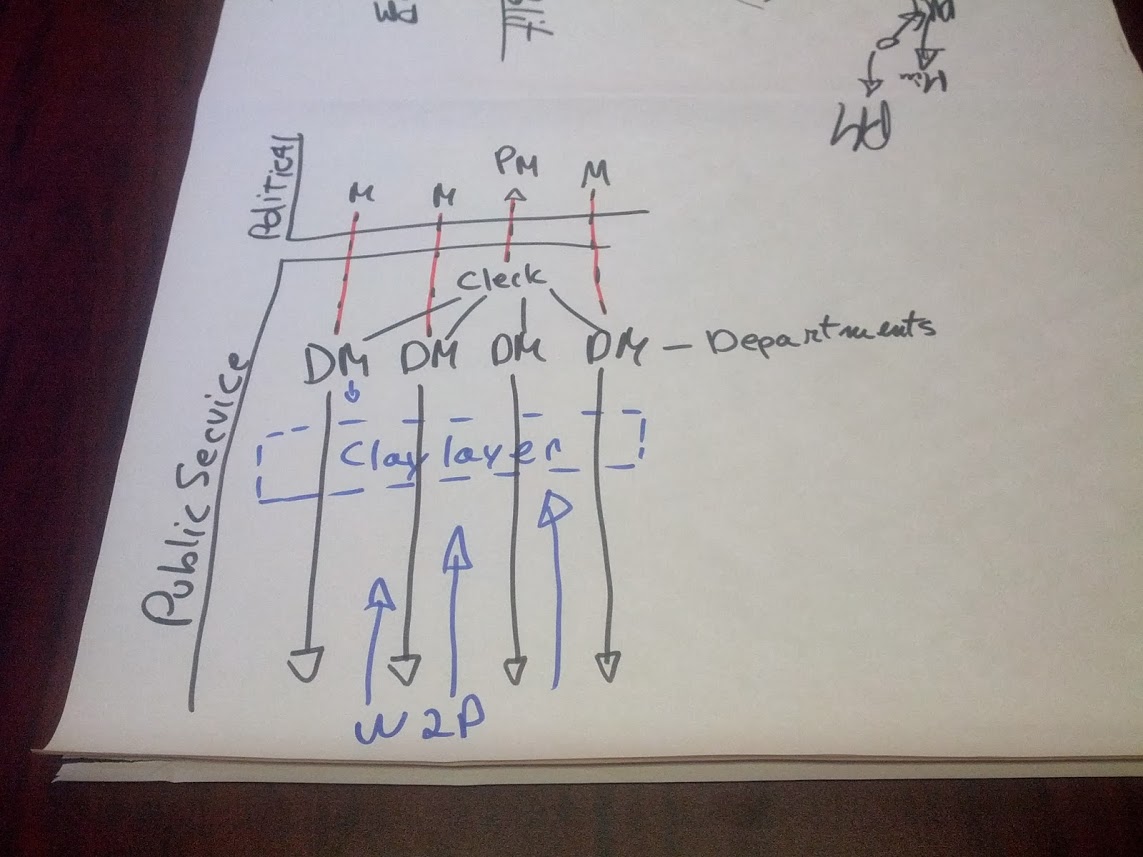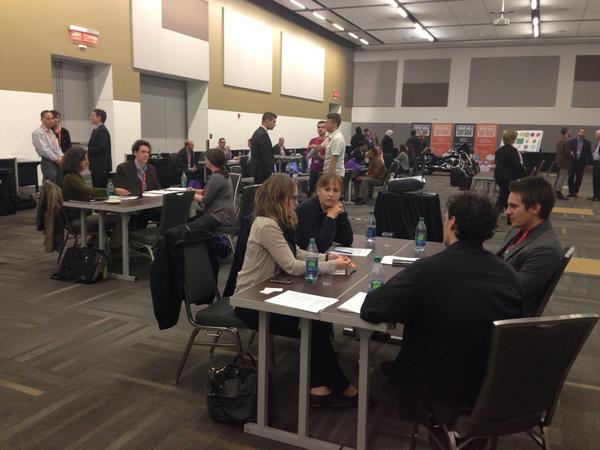This year’s theme was “the government from the outside-in,” and as a citizen I thought there would be more…well…citizens lol. Where the problem lies is that citizens don’t really know about events like GTEC, and may not even understand why they should know about them.
Now, I’ve been lucky enough to get involved and understand the value of events like these. I’m also quite grateful for the opportunities I’ve been given with GTEC. They’ve been nothing short of complete professionals in granting a restaurant waiter the opportunity to share his story. What I am saying is that I’d love to see more citizen voices take part in GTEC, and I hope to work with the steering committee to make this happen 🙂
 What I’ve come to realize is that the bureaucratic culture is no different than that of any other large enterprise. The vast majority of employees do their job as described, while a small percentage of them are passionate, intelligent, and innovative people. Seth Godin would describe them as “linchpins.”The difference between the bureaucracy and a large enterprise, though, is that in government’s case these people don’t appear to be given as many opportunities to share their knowledge and explore their potential.
What I’ve come to realize is that the bureaucratic culture is no different than that of any other large enterprise. The vast majority of employees do their job as described, while a small percentage of them are passionate, intelligent, and innovative people. Seth Godin would describe them as “linchpins.”The difference between the bureaucracy and a large enterprise, though, is that in government’s case these people don’t appear to be given as many opportunities to share their knowledge and explore their potential.
So much of our resources are spent fighting those “evil-doers” and they constitute such a small percentage of the population. I was told that one of the reasons why security is always on the forefront is because government keeps getting hacked. Getting hacked = costly lawsuit. So, the security focus is an answer to prevent lawsuits from happening.
 Richard Pietro considers himself as an Open Government Fanboy in an attempt to create Civic Engagement as Art. Richard’s Twitter handle is @richardpietro and you can learn more about his work at MyEinsteinJob.blogspot.ca.
Richard Pietro considers himself as an Open Government Fanboy in an attempt to create Civic Engagement as Art. Richard’s Twitter handle is @richardpietro and you can learn more about his work at MyEinsteinJob.blogspot.ca.




